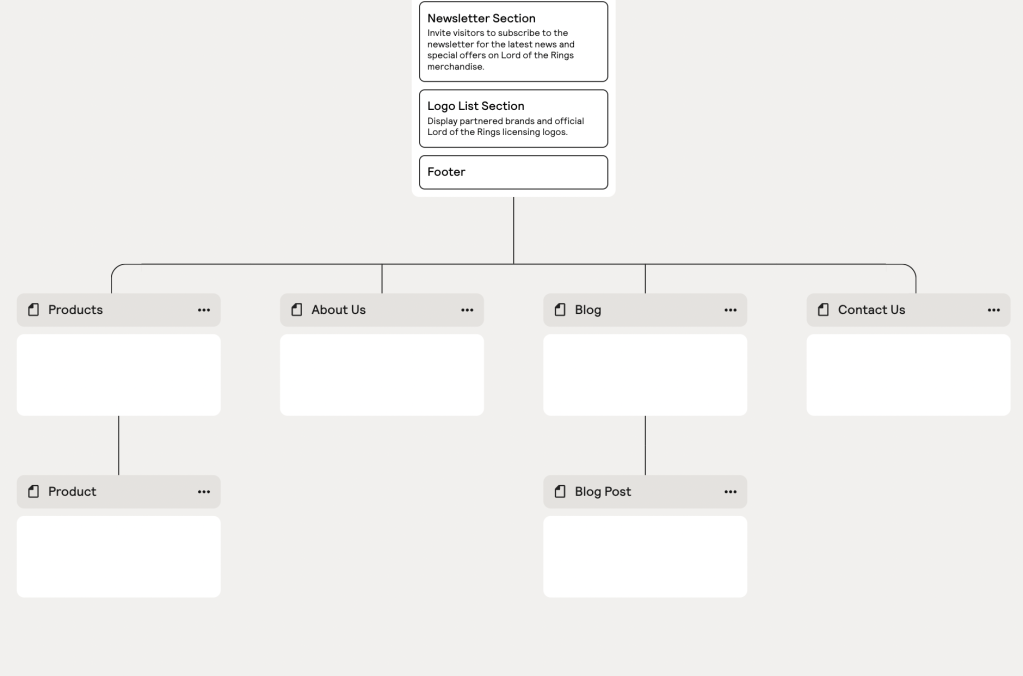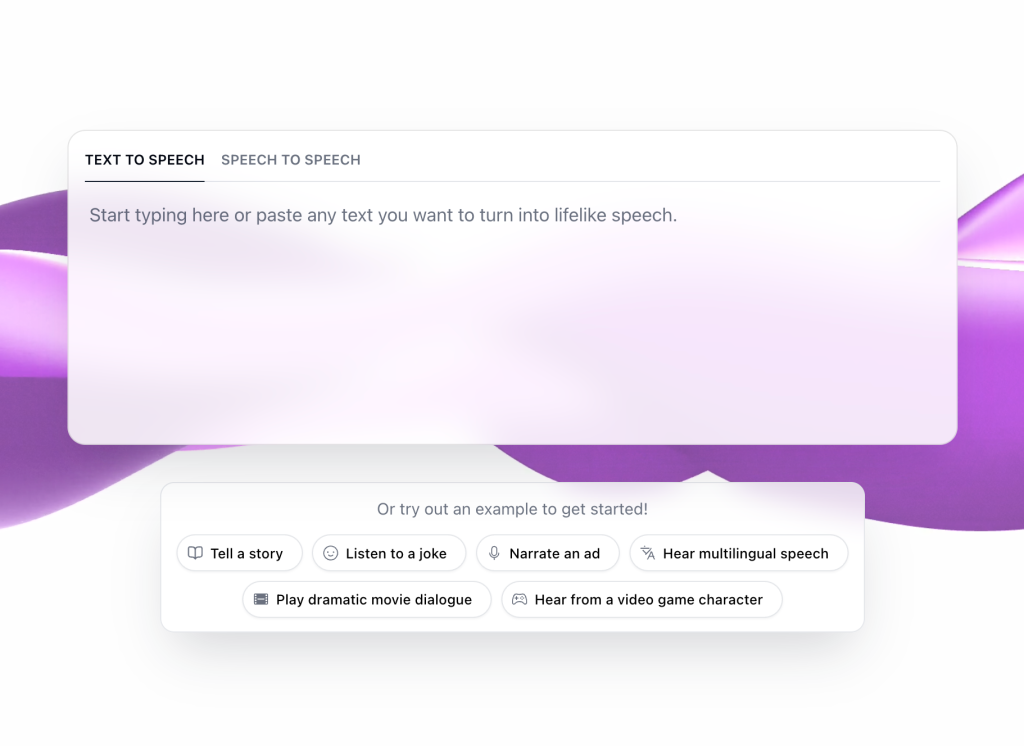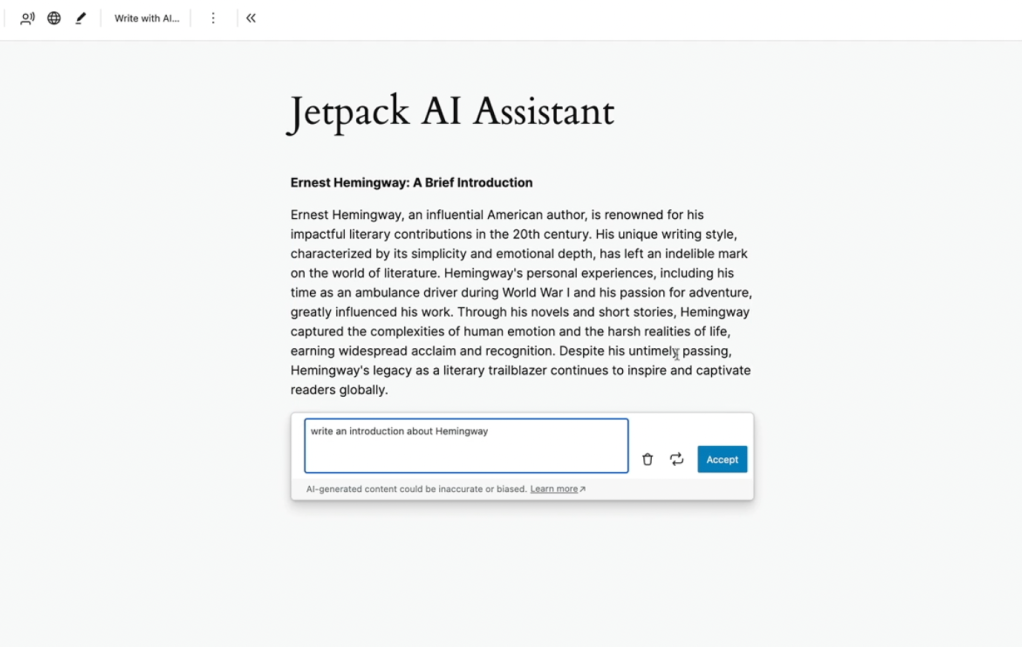Which AI-powered tools are actually worth using?
WORDPRESS
The Top 5 AI-Powered Tools for WordPress Creatives – WordPress.com News

While AI tools offer great potential to streamline our creative processes, their proliferation has made it hard to know which specific tools are useful and which are more showy than practical. In today’s Build and Beyond video, Jamie Marsland walks us through his five favorite AI-powered tools, including text-to-speech software, the best image generator on the market, and a great overview of Jetpack’s built-in AI Assistant.
Ready to get going? Click below to embark on your free trial today:
Here are AI-powered tools mentioned in the video:

Fontjoy
Generate font combinations with the click of a button.

Relume
From site description to an optimized sitemap in seconds.

Adobe Firefly
The best, most powerful image generator on the market.


Join 110.4M other subscribers


















